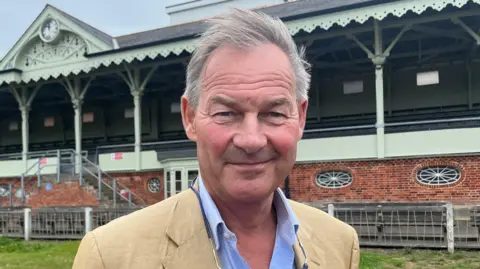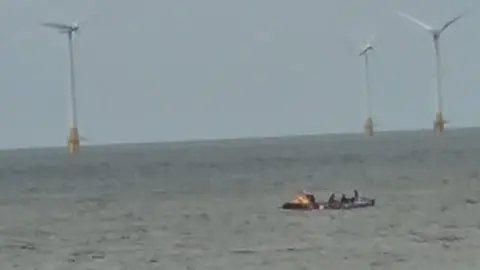How RFK Jr’s vaccine funding cuts fit with Trump’s vision | Donald Trump News
United States Health and Human Services Secretary Robert F Kennedy Jr has announced that the US is to cut funding for mRNA vaccine development – a move that health experts say is “dangerous” and could make the US much more vulnerable to future outbreaks of respiratory viruses like COVID-19.
Kennedy is known for his vaccine scepticism and recently ousted all 17 members of a scientific advisory panel on vaccines at the US Centers for Disease Control and Prevention (CDC) to be replaced with his own selections. However, this latest announcement is just part of a series of moves by President Donald Trump himself that appear to target the vaccine industry and give increasing weight to the arguments of vaccine sceptics in the US.
Trump has previously undermined the efficacy of vaccines and sought to cut funding to vaccine programmes. Public health experts sounded the alarm after his election win in November, warning there would likely be a “war on vaccines” under Trump.
“My main concern is that this is part of an increasingly ideological rather than evidence-based approach to healthcare and vaccination in particular that is being adopted in the US,” David Elliman, associate professor at University College London, told Al Jazeera.
“This is likely to increase vaccine hesitancy … [and] will result in more suffering and death, particularly for children. This would be a tragedy, even more so because it is avoidable.”
What new cuts to vaccine funding have been made?
In a statement posted on Tuesday on X, Kennedy said 22 projects on mRNA vaccine development worth nearly $500m will be cancelled. The main reason, he said, was that the Biomedical Advanced Research and Development Authority (BARDA) in his Department of Health and Human Services (HHS) had reviewed mRNA vaccines and found them to be “ineffective” in fighting mutating viruses.
“A single mutation can make mRNA vaccines ineffective,” Kennedy said in a video statement. “After reviewing the science and consulting top experts, … HHS has determined that mRNA technology poses more risk than benefits for these respiratory viruses.”
Instead, Kennedy said, the US will shift mRNA funding to other vaccine development technologies that are “safer” and “remain effective”.
Some notable institutions and companies that will be affected by the latest decision, as listed on the HHS website, include:
- Emory University and Tiba Biotech (terminated contracts)
- Pfizer, Sanofi Pasteur, CSL Seqirus (rejected or cancelled proposals)
- Luminary Labs, ModeX (“descoped” or weakened contracts)
- AstraZeneca and Moderna (“restructured” contracts)
What are mRNA vaccines, and are they really ineffective against virus mutations?
Messenger ribonucleic acid vaccines prompt the body to produce proteins that help it build immunity against certain microbes. They differ from traditional vaccines that introduce weakened or dead microbes into the body to stimulate immunity. Both types of vaccines have their strengths and weaknesses, but mRNA vaccines are notably faster to manufacture although they don’t provide the lifelong coverage that traditional vaccines might.
However, Elliman said virus mutations are a general problem for any vaccines and present a challenge scientists are still contending with.
“As yet, there are no vaccines in use that have solved this problem, so this is not a good reason for abandoning mRNA vaccines,” Elliman said. “The technology has great promise for vaccines and therapeutics, so ceasing research in the field without good evidence is unjustified.”
The move, he added, could discourage investors and scientists, both inside and outside the US, from keeping up research.
Dorit R Reiss, a law professor at the University of California, San Francisco, who focuses on vaccine law, told Al Jazeera that the decision is “troubling and shortsighted”.
“Procedurally, the decision was done in a very flawed manner. At the least, there should be notice and an opportunity for hearing and explanation under our administrative law, and there was instead a short and cursory X video with no references, no real data,” she said.
The move will not only hurt innovation, she said, but will also leave the country less prepared for emergencies.

What are RFK’s views on vaccines?
The health secretary has long been considered a vaccine sceptic.
Kennedy formerly chaired Children’s Health Defense – an anti-vaccine advocacy group formed in 2007 – until 2023 when he announced his run for the presidency. The organisation has also campaigned against the fortification of drinking water with fluoride, which prevents tooth decay.
During a 2013 autism conference, Kennedy compared the CDC’s childhood vaccine programme to Nazi-era crimes. “To me, this is like Nazi death camps, what happened to these kids,” he said, referring to an increasing number of children diagnosed with autism. “I can’t tell you why somebody would do something like that. I can’t tell you why ordinary Germans participated in the Holocaust.”
In a 2023 interview with Fox News, Kennedy claimed vaccines cause autism. He cited a widely debunked study by Andrew Wakefield, a discredited British doctor and antivaccine activist whose study on the matter has since been retracted from journals. In another 2023 podcast, Kennedy said, “No vaccine is safe or effective.”
Aside from his vaccine scepticism, Kennedy, also known as RFK Jr, has also made several controversial remarks about other health issues, such as COVID-19. He criticised vaccine mandates and lockdown restrictions during the pandemic under former President Joe Biden. He also claimed in a leaked video in 2022 that COVID-19 “attacked certain races disproportionately” because of their genetic makeup and Ashkenazi Jews were most immune to the virus. Several research studies, however, found that social inequalities were major influences on how COVID-19 affected different ethno-social groups because certain people had reduced access to care.
During a congressional hearing in the lead-up to his appointment in Trump’s administration, Kennedy denied making several of the controversial statements attributed to him in the past. He also promised to maintain existing vaccine standards.
What are Trump’s views on vaccines?
Trump has flip-flopped on this issue.
He has previously downplayed the usefulness of vaccines and, in particular, criticised the schedules under which children receive several vaccine doses within their first two years. In his election campaign last year, Trump promised to dismantle vaccine mandates in schools.
In a 2007 interview with the South Florida Sun-Sentinel, Trump claimed that an autism “epidemic” had arisen as a result of vaccines, a theory which has since been debunked. “My theory – and I study it because I have young children – my theory is the shots [vaccines]. We’re giving these massive injections at one time, and I really think it does something to the children.”
In subsequent interviews, Trump called childhood vaccines a “monster shot” and in 2015 during a debate among Republican presidential candidates said vaccines were “meant for a horse, not a child”.
In 2015, he told a reporter he had never received a flu shot.
But Trump has also spoken in favour of vaccines at times. During his first term as president, Trump said at a news briefing that children “have to get their shots” after outbreaks of measles emerged across the country. “The vaccinations are so important. This is really going around now,” he said.
Additionally, in his first term during the COVID-19 pandemic, his administration initially downplayed the virus, but it ultimately oversaw the rapid production of COVID-19 vaccines in a project it called Operation Warp Speed.
After Biden became president in 2021, Trump’s camp criticised his vaccine and face mask mandates, which critics said contributed to rising levels of antivaccine sentiment among conservative voters.
Trump also avoided using Operation Warp Speed’s success as a selling point in last year’s presidential campaign. He also did not publicly announce that he had received initial and booster COVID-19 vaccine shots before leaving the White House.
Has the Trump administration targeted vaccines more broadly?
During Trump’s second term, the US introduced vaccine regulations that some critics said undermine the country’s vaccine system.
Furthermore, the Trump administration has cut funding to the US Agency for International Development, which supported hundreds of vaccine development programmes across the world.
- In February, Trump halted federal funding for schools that required students to have what his administration called “coercive” COVID-19 vaccines.
- In May, Kennedy announced that the federal government would no longer recommend COVID-19 vaccines for healthy children and pregnant women without giving details about the reasons behind the change in policy. That went against the advice of US health officials who had previously urged boosters for young children.
- In June, Kennedy fired all 17 members of a CDC panel of vaccine experts, claiming that the board was “rife with conflicts”. The panel, which had been appointed by Biden, was responsible for recommending how vaccines are used and for whom. Kennedy said the move would raise public confidence, stating that the US was “prioritising the restoration of public trust above any specific pro- or antivaccine agenda. However, the move drew condemnation from scientists and health bodies.
- At the same time, the Food and Drug Administration, which also comes under the remit of the HHS, has approved at least one COVID-19 vaccine. In May, the FDA approved Novavax’s non-mRNA, protein-based COVID-19 vaccine although only for older adults and those over the age of 12 who also have underlying health conditions that put them at higher risk from the virus. That was unusual for the US, where vaccines are usually approved without such limitations.
- The 2026 budget proposal to Congress does not include funding for the Global Vaccine Alliance (GAVI), a public-private entity formed in 2002 to support vaccine distribution to low and middle-income countries. GAVI was instrumental in securing vaccines for several countries in Africa and other regions during the COVID-19 pandemic when it was feared that richer countries could stockpile the available doses. The US currently provides more than 10 percent of GAVI’s funding. In 2024, that amounted to $300m.
Did Trump seek to undermine vaccine research and development during his first term as well?
Yes.
- Trump’s health budget proposals in 2018 and subsequently proposed budget cuts to the National Institute of Health and the CDC would have impacted immunisation programmes and a wide range of life-saving research on vaccines. However, the proposals were rejected by Congress.
- In May 2018, the Trump administration disbanded the Global Health and Biodefense Unit of the National Security Council. The team, which was set up to help prepare the US for pandemics and vaccine deployments, was formed in 2015 under President Barack Obama’s administration during an Ebola epidemic. Later, when the COVID-19 pandemic reached the US, scientists blamed the country’s vulnerability on Trump’s decision.


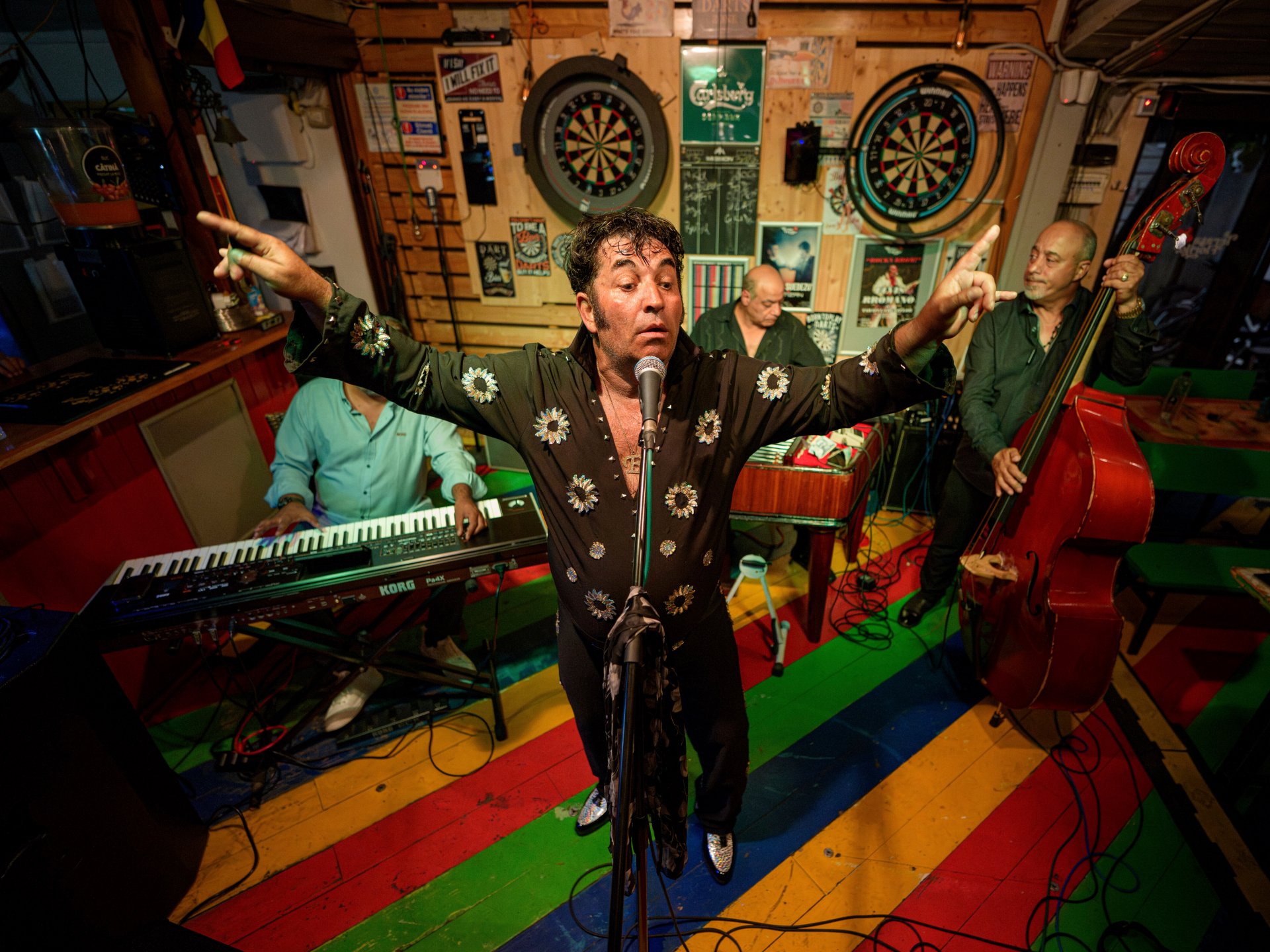







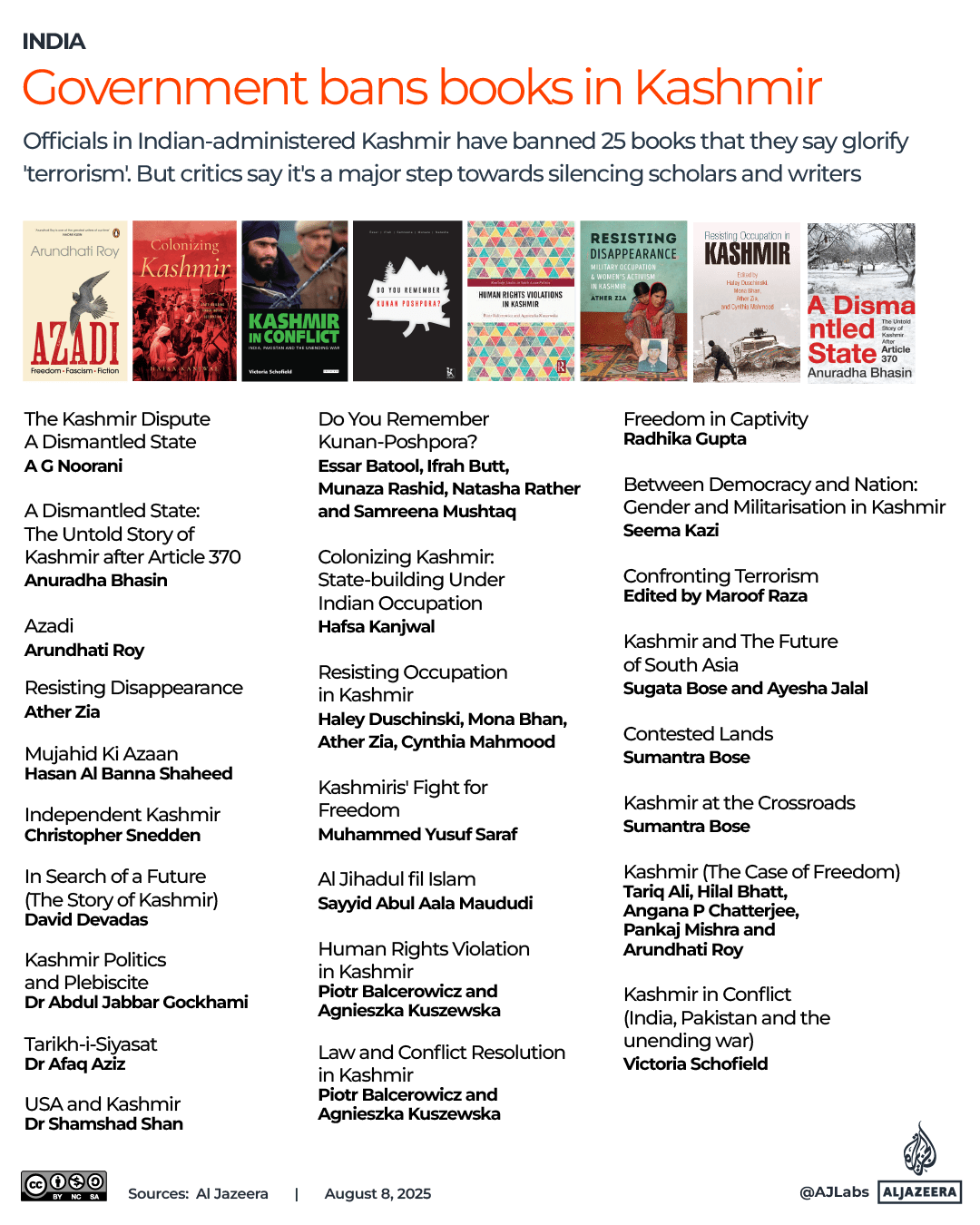



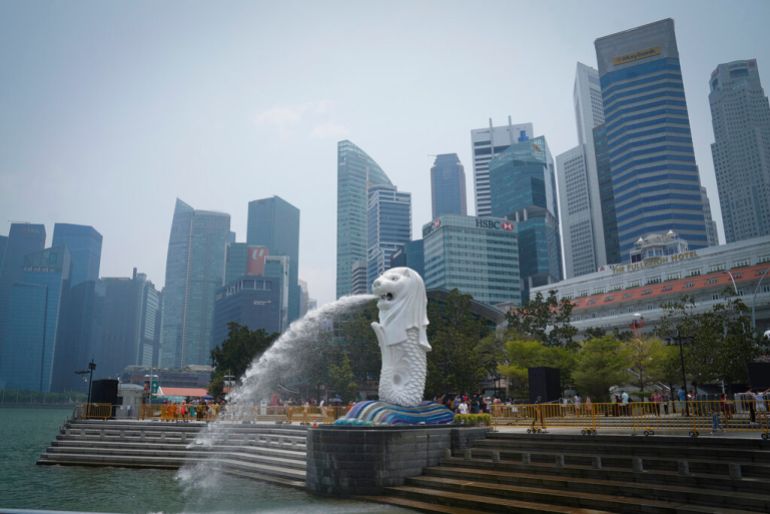











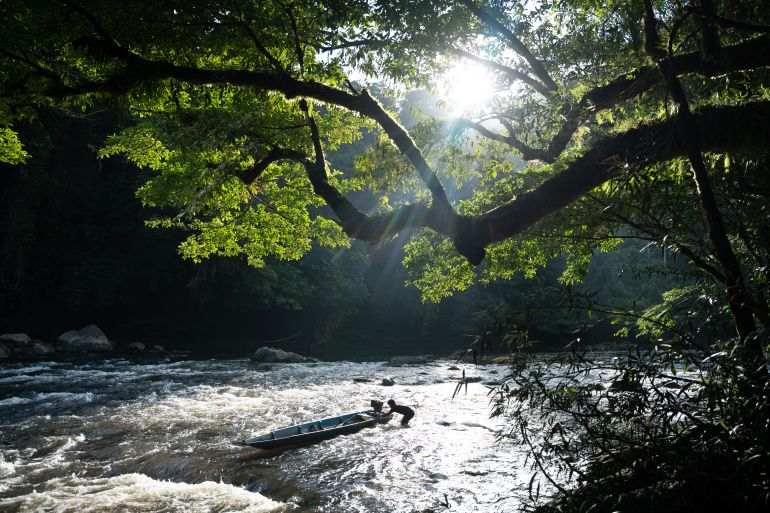
![A community member of Long Moh village pushes a longboat in the Baram River. Longboats remain a common method of transport across Baram [Izzy Sasada/Al Jazeera]](https://www.aljazeera.com/wp-content/uploads/2025/08/DSC05149-1754637964.jpg?w=770&resize=770%2C513&quality=80)
![Community members in Long Moh fix an old drum with deer skin. Music has spiritual significance for this Kenyah community [Izzy Sasada/Al Jazeera]](https://www.aljazeera.com/wp-content/uploads/2025/08/DSC05001-1754638281.jpg?w=770&resize=770%2C513&quality=80)
![Harvested logs in Sarawak [Izzy Sasada/Al Jazeera]](https://www.aljazeera.com/wp-content/uploads/2025/08/DSC04425-1754638109.jpg?w=770&resize=770%2C513&quality=80)
![William Tinggang examines a mushroom within Nawan. Sarawak's primary rainforests are exceptionally rich in biodiversity and harbours hundreds of endemic species found nowhere else on Earth [Izzy Sasada/Al Jazeera]](https://www.aljazeera.com/wp-content/uploads/2025/08/CE6AE106-E695-441C-AC0F-8DC398A6BB75-1754638498.jpeg?w=770&resize=770%2C513&quality=80)
![Portrait of Indigenous Kayan leader from Sarawak, Celine Lim who is manager of Save Rivers [Izzy Sasada/Al Jazeera]](https://www.aljazeera.com/wp-content/uploads/2025/08/Portrait-of-Celine-Lim-1754638809.jpeg?w=770&resize=770%2C513&quality=80)
![Jessica Merriman from the Borneo Project inspects Long Moh community map with a member of Long Moh village [Izzy Sasada/Al Jazeera]](https://www.aljazeera.com/wp-content/uploads/2025/08/DSC05459-1754638963.jpg?w=770&resize=770%2C513&quality=80)



